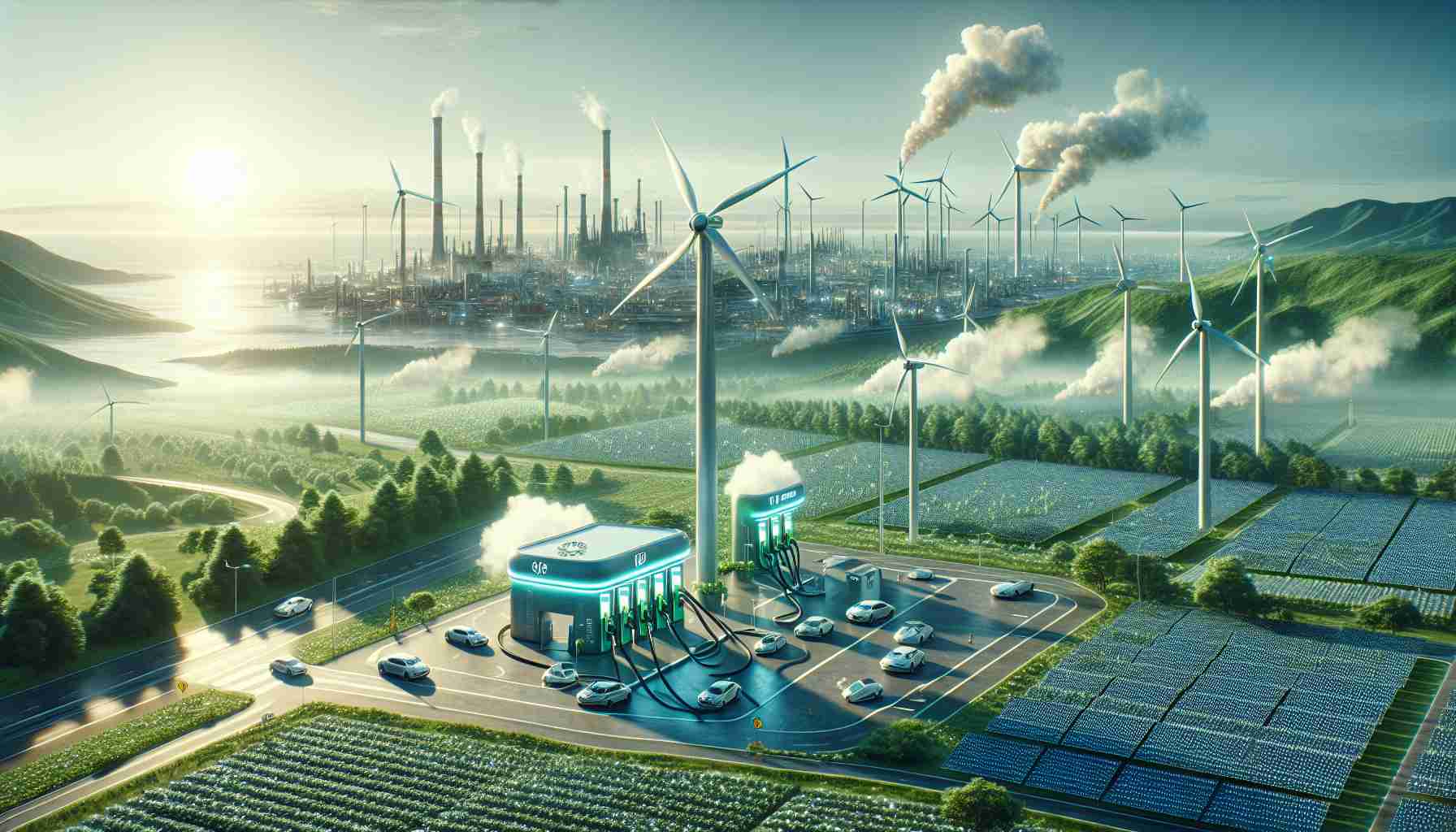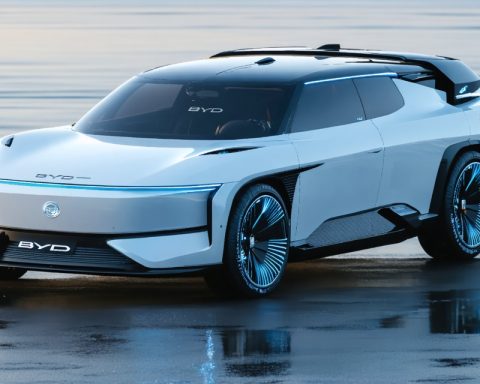Clean hydrogen is set to reshape America’s energy landscape. Plug Power has unveiled ambitious plans to establish several hydrogen production facilities nationwide.
The U.S. Department of Energy (DOE) is backing this initiative with a substantial $1.66 billion loan guarantee aimed at Plug Power Energy Loan Borrower, a subsidiary of Plug Power. This funding is intended to support the creation of up to six cutting-edge clean hydrogen facilities, a move that aligns perfectly with the Biden-Harris administration’s commitment to advancing a sustainable energy economy.
By utilizing state-of-the-art electrolyser technology, these facilities will serve as a pivotal component in producing clean hydrogen efficiently. The DOE’s investment is integral to creating regional clean hydrogen hubs, which are designed to stimulate local economies, foster job growth, and significantly curtail greenhouse gas emissions. This strategy is crucial for the United States as it strives toward net-zero emissions and enhanced industrial competitiveness.
Plug Power’s forthcoming facilities will utilize innovative electrolyser stacks built at their Rochester, NY gigafactory. These modular designs aim to create a robust network for hydrogen fuel distribution, addressing a growing demand for clean energy solutions across the country. As Plug Power leads the charge, the vision for a greener future is becoming clearer than ever.
Envisioning a Hydrogen-Powered Future
The emergence of clean hydrogen as a cornerstone of America’s energy strategy is not merely a technological advancement; it holds profound implications for society and the global economy. The development of hydrogen production facilities heralds a potential shift in energy dependencies, promising to diminish reliance on fossil fuels and foster a more sustainable infrastructure. As over 70 countries, including many in Europe and Asia, invest heavily in hydrogen economies, the U.S. risks losing its competitive edge unless it accelerates its efforts.
On a cultural level, the integration of clean hydrogen can reshape public perception towards renewable energy sources. As more communities witness the tangible benefits—through job creation and reduced emissions—public support for sustainable practices is likely to solidify, catalyzing a broader societal shift. Integrating these systems may also encourage innovation in transportation, with clean hydrogen fueling everything from public transit systems to freight logistics, thus promoting a greener supply chain.
Environmental ramifications are significant. By pivoting to hydrogen, the U.S. can achieve substantial reductions in greenhouse gas emissions, aligning with global climate commitments and protecting ecosystems. As these trends coalesce, we may anticipate an evolution in regulatory frameworks and investment strategies, emphasizing sustainability and resilience.
In conclusion, the establishment of hydrogen production facilities not only aims to redefine energy consumption but also offers a blueprint for the future of an interconnected, eco-conscious economy that prioritizes environmental stewardship.
How Clean Hydrogen is Transforming America’s Energy Future
Clean Hydrogen: A Game Changer in Energy Production
The landscape of energy production in the United States is on the brink of transformation, with clean hydrogen emerging as a pivotal player in the quest for sustainable energy. Plug Power, a front-runner in the hydrogen sector, has announced plans to establish numerous hydrogen production facilities across the nation, backed by a significant investment from the U.S. Department of Energy (DOE).
Massive Investment and Plans
The DOE has committed a $1.66 billion loan guarantee aimed at Plug Power Energy Loan Borrower, a subsidiary of Plug Power. This funding is directed towards the development of up to six advanced clean hydrogen production facilities. Such investments not only underscore the government’s commitment to renewable energy but also align with the goals set by the Biden-Harris administration to foster a sustainable energy economy.
Cutting-Edge Technology and Infrastructure
These facilities will employ state-of-the-art electrolyser technology, a critical factor in producing hydrogen efficiently. By focusing on innovative electrolyser stacks manufactured at Plug Power’s Rochester, NY gigafactory, the company aims to build a modular infrastructure capable of supporting hydrogen fuel distribution across the U.S. This move addresses the escalating demand for clean energy solutions and positions Plug Power at the forefront of the hydrogen revolution.
Economic and Environmental Impact
The creation of regional clean hydrogen hubs, as part of this initiative, is expected to have far-reaching economic implications. By revitalizing local economies and creating job opportunities, the project is set to contribute significantly to the reduction of greenhouse gas emissions. Moreover, this strategy plays a vital role as the U.S. targets net-zero emissions by 2050, enhancing both industrial competitiveness and sustainability.
Key Features and Specifications
– Facilities: Up to six advanced clean hydrogen plants.
– Technology: Leading-edge electrolyser stacks.
– Location of Production: Hydrogen facilities based on modular designs from Rochester, NY.
– Investment: $1.66 billion loan guarantee from the DOE.
Pros and Cons of Clean Hydrogen
Pros:
– Sustainability: Promotes clean energy and reduces reliance on fossil fuels.
– Economic Growth: Job creation and local economic stimulation.
– Innovation: Advances in technology and infrastructure.
Cons:
– Investment Risk: The capital required for establishment can be substantial.
– Infrastructure Needs: Comprehensive distribution networks must be developed.
– Market Uncertainty: The hydrogen market is still developing and may face volatility.
Looking Ahead: Trends and Innovations
As the clean hydrogen movement gains momentum, several trends are expected to emerge. Increased collaboration between public and private sectors, advancements in hydrogen production technologies, and the expansion of infrastructure are essential for maximizing the potential of hydrogen as a clean energy source. Furthermore, the emergence of hydrogen as a fuel for transportation and industrial applications could radically change current energy consumption patterns.
Conclusion: The Future is Clean Hydrogen
Plug Power’s ambitious plans and the DOE’s support represent a significant shift toward cleaner energy solutions that could reshape America’s energy landscape. As investment continues to flow into clean hydrogen technologies, the vision of a more sustainable and economically robust energy future becomes increasingly achievable.
For more information on clean hydrogen developments, visit Plug Power.


















